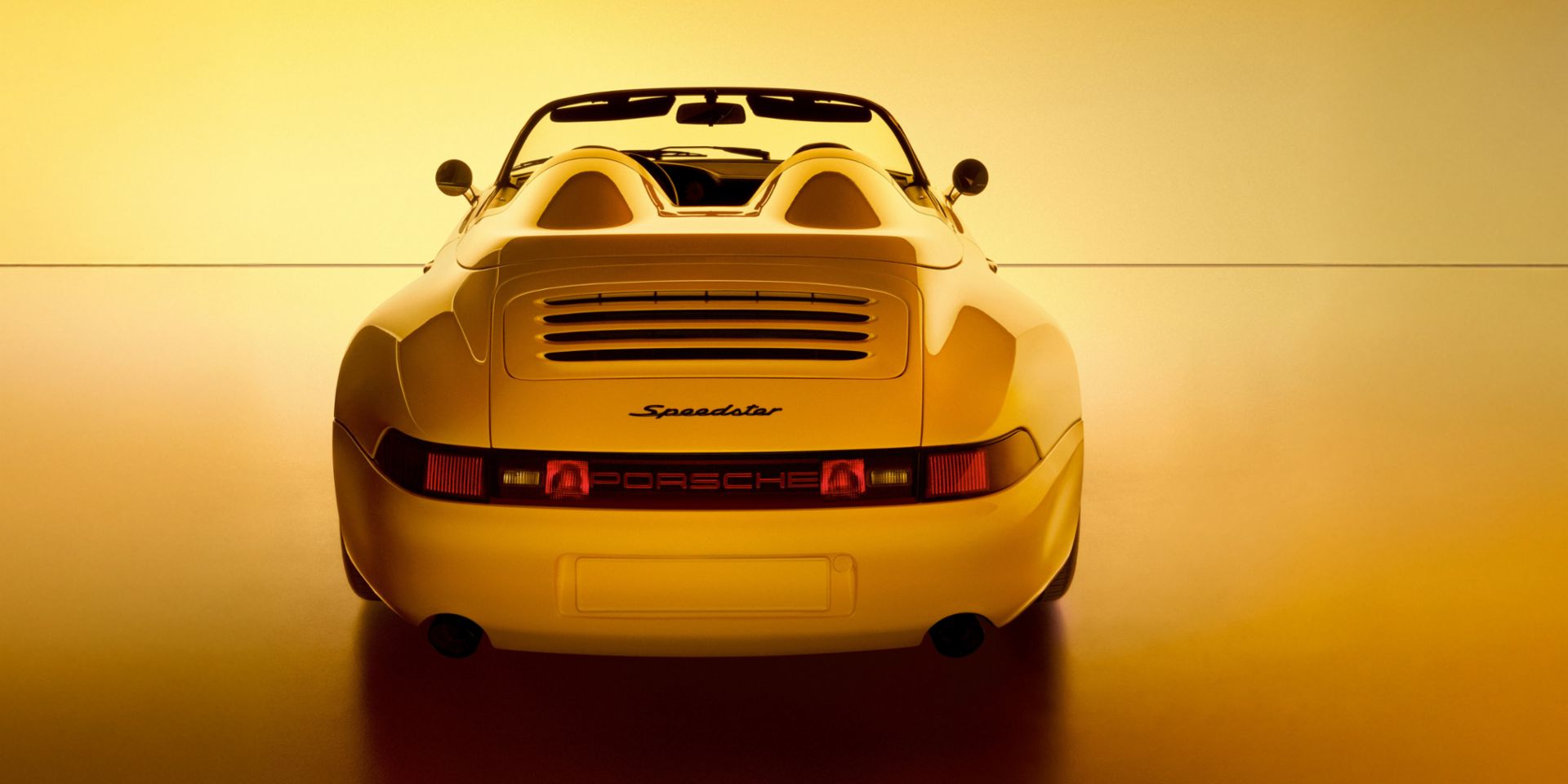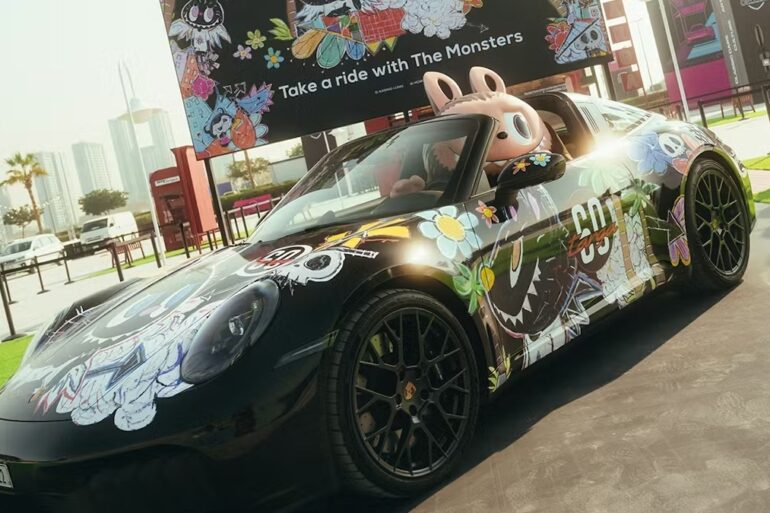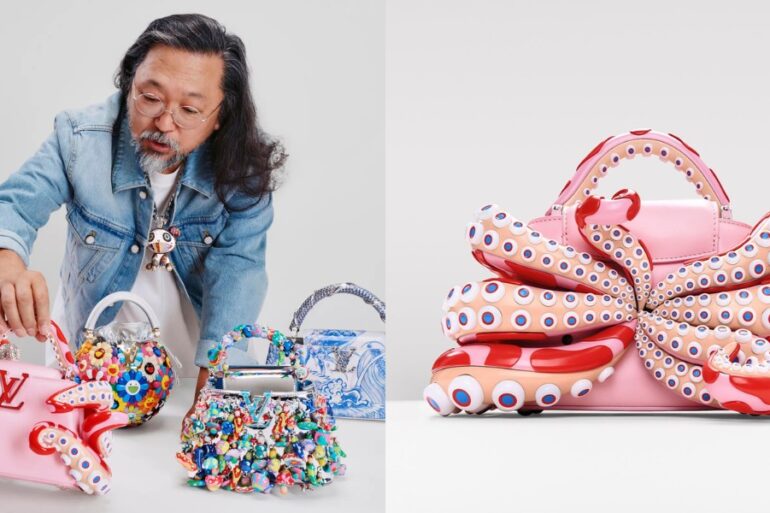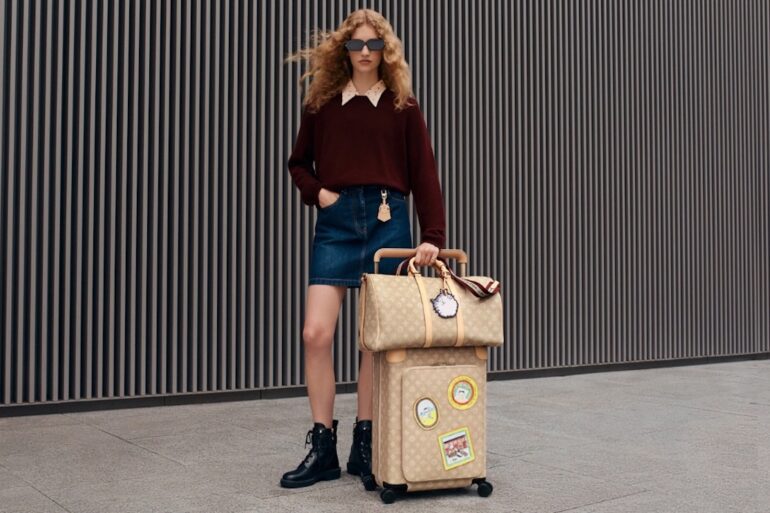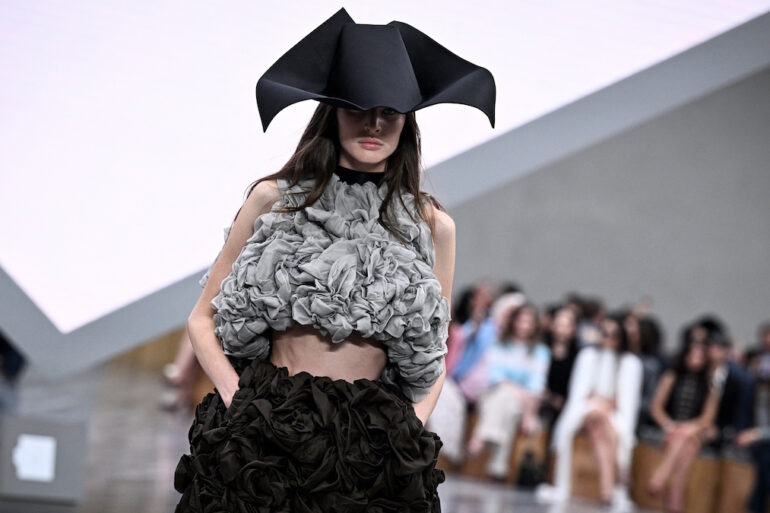Dior overtakes Louis Vuitton to claim the second spot in the latest Brand Finance report.
The luxury fashion industry may be in the doldrums, but the luxury sector as a whole is on steady—if a little shaky—ground. It is still a force to be reckoned with, boasting a global revenue of US$495 billion in 2025, per Statista. Despite economic headwinds, geopolitical uncertainties, and consumer inappetence, the market is still expected to grow annually by 3.94% from 2025 to 2029.
Related story: Why luxury brands are losing their luster in 2025
Related story: Global issues to watch in 2025
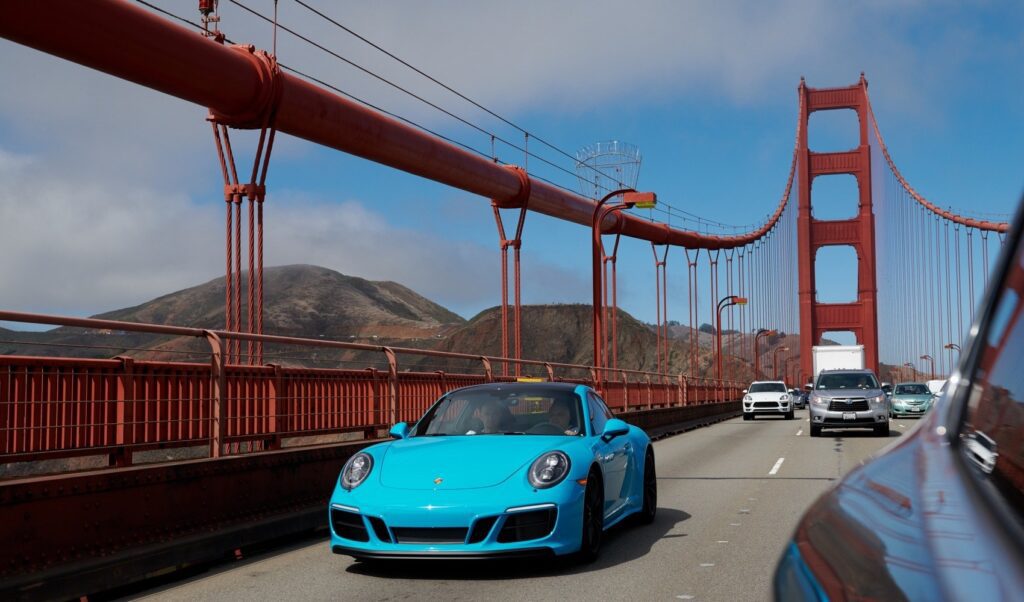
Global Management Consulting Firm Bain & Company also has an optimistic forecast for the luxury goods market in general. In its 2024 report, it anticipates “long-term growth” for the industry, after spending decreased in 2024. The overall luxury spending tracked by Bain & Company encompasses both luxury goods and experiences, and comprises nine segments, among which are luxury cars, personal luxury goods, and luxury hospitality. Taken together, these three segments account for 80% of the total market.
Zooming in on the specifics, it’s Porsche that remains the world’s most valuable luxury and premium brand for an impressive eighth consecutive year, according to a new report released by Brand Finance, the world’s leading independent brand valuation consultancy. The German automobile manufacturer specializing in luxury, high-performance vehicles has a brand value of US$41.1 billion, allowing it to retain the top spot despite a 5% drop in brand value, a decrease attributed to weaker demand in China and Europe, impacting its performance but not diminishing its overall value.
Related story: Burberry CEO gets replaced after ‘disappointing’ results
Related story: Burberry to slash 20% of global workforce amid sluggish sales
Focus on value over sales volume paying off
Brand Finance research shows Porsche scoring a high 9.3 out of 10 for price acceptance. This reflects consumer willingness to pay a premium for its products, aligning with Porsche’s long-term strategy to prioritize value over sales volume. The Stuttgart-based company also scored high ratings for reliability (9.6) and reputation (9.7) globally, affirming its position as a leader in the luxury automotive market.
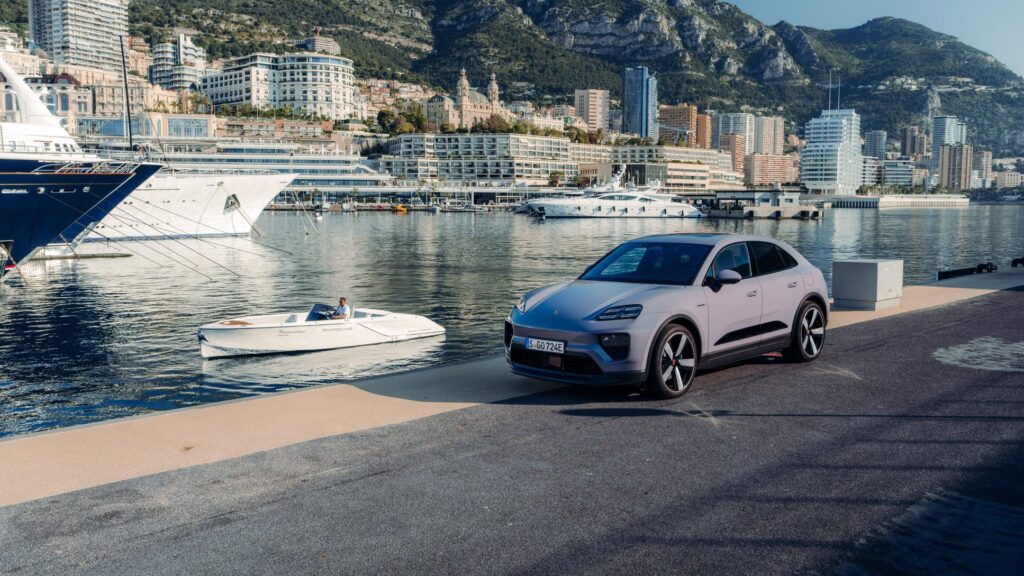
Porsche reaping the fruits of its strategic positioning is also supported by Bain & Company’s analysis. While the firm reports that sales of luxury cars, the largest segment of the overall luxury goods market, declined by 5%, the absolute luxury tier “continued to hold strong, driven by consumers’ appetite for ultra-personalization.”
Related story: The luxury brand ambassadors you’ll be seeing everywhere this year
Chanel, meanwhile, overtakes Louis Vuitton to rank as the world’s second most valuable luxury and premium brand following a 45% increase in brand value to US$37.9 billion. This also makes it the fastest-growing brand in the ranking. Chanel is owned by brothers Alain and Gerard Wertheimer. Louis Vuitton (US$32.9 billion brand value), meanwhile, is part of the stable of luxury labels under the Bernard Arnault-owned LVMH conglomerate.
Completing Brand Finance’s top 10 most valuable luxury and premium brands in 2025 are Hermés (US$19.9 billion), Rolex (US$18.8 billion), Dior (US$17.3 billion), Cartier ($15.7 billion), Ferrari (US$14.4 billion), Gucci (US$11.4 billion), and Guerlain (US$7.7 billion).
Related story: Heads up, ladies! Louis Vuitton unveils luxury cosmetics La Beauté for the modern woman
A ‘shifting’ sector with some bright spots
“From 2019 to 2024, the luxury and premium sector saw a period of serious value creation, with the brand value of the world’s top 50 brands surging 43%. For 2025, that momentum has continued, reaching a record US$317.0 billion,” Henry Farr, Valuation director of Brand Finance said.
Despite this momentum, Farr cautioned that the sector is “shifting.” Growth is expected to slow, he added, and brands must navigate changing consumer preferences towards prioritizing premium experiences like travel and meaningful social moments over material goods. “The era of easy price hikes, thanks to persistent demand, is over, and luxury brands must evolve to stay relevant.”
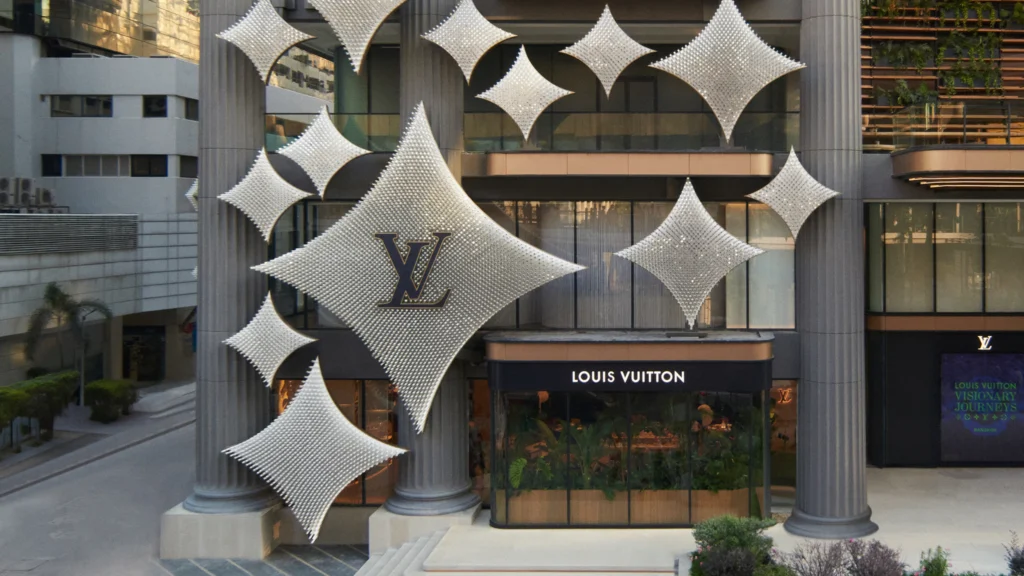
Going back to Bain & Company’s 2024 report, there are bright spots despite a tumultuous luxury goods landscape. Despite the continued slowdown of sales in China, robust figures have been reported in Japan, the United Arab Emirates, and even in Europe, particularly in Tier-1 cities and resort locations in southern Europe. Over in the Americas, despite continued sluggishness in the United States and Canada, Mexico and Brazil have shown positive numbers. There’s also much optimism in the so-called emerging markets, including Latin America, India, Southeast Asia, and Africa. These potential avenues of growth are collectively expected to add more than 50 million upper-middle-class luxury consumers by 2030.
The upward trajectory of “small indulgences” is also expected, which includes beauty and eyewear. Beauty products, especially fragrances, continued to perform well as consumers pivot toward smaller luxuries. Eyewear, particularly high-end specialist brands, and the high jewelry (haute joaillerie) segments also showed strong numbers. As consumers put higher premium on value purchases, the secondhand market has also gained traction, with strong momentum in jewelry, heritage apparel, and leather pieces.
Looking ahead to 2030, Bain & Company expects overall luxury spending (both goods and experiences) to experience a “solid growth of 5% to 9% per annum at current exchange rates.” This growth is underpinned by demographic and macroeconomic tailwinds, with more than 300 million new consumers likely to emerge globally in the next five years.
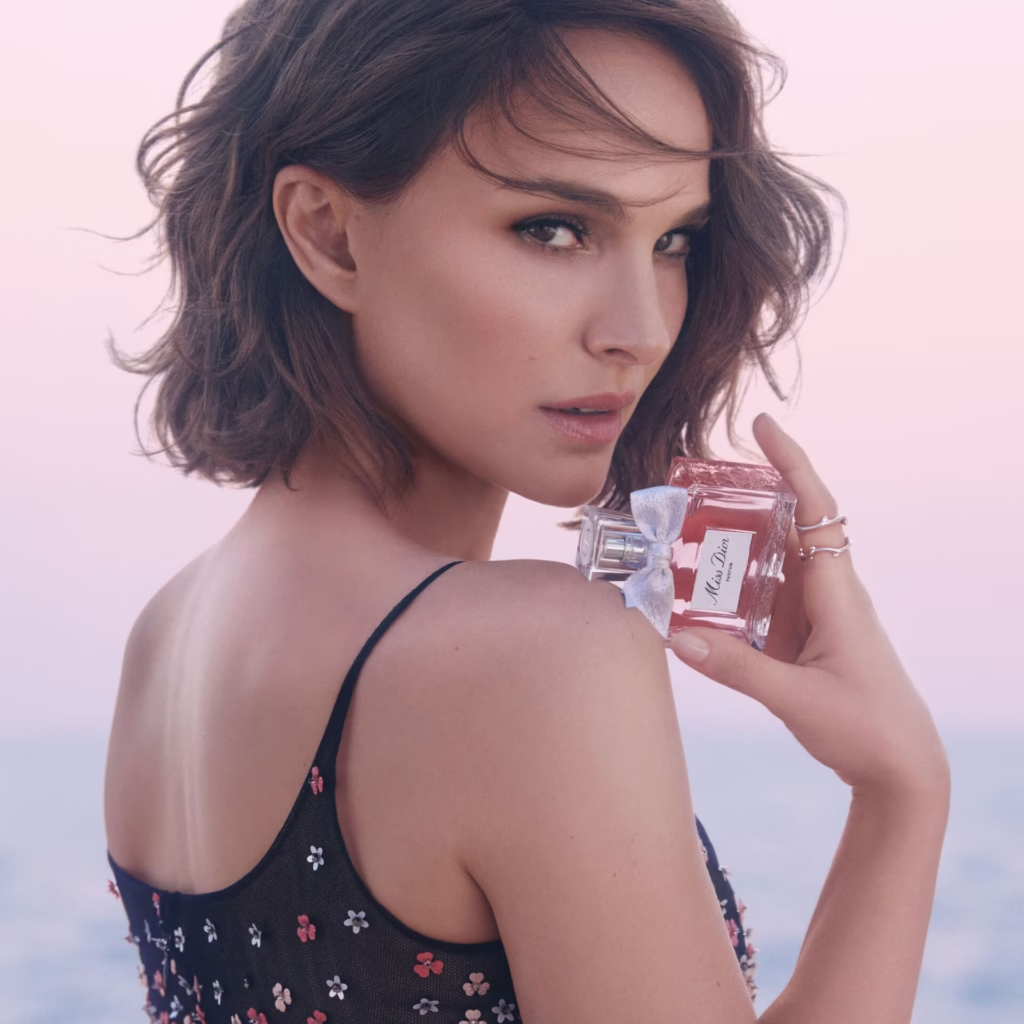
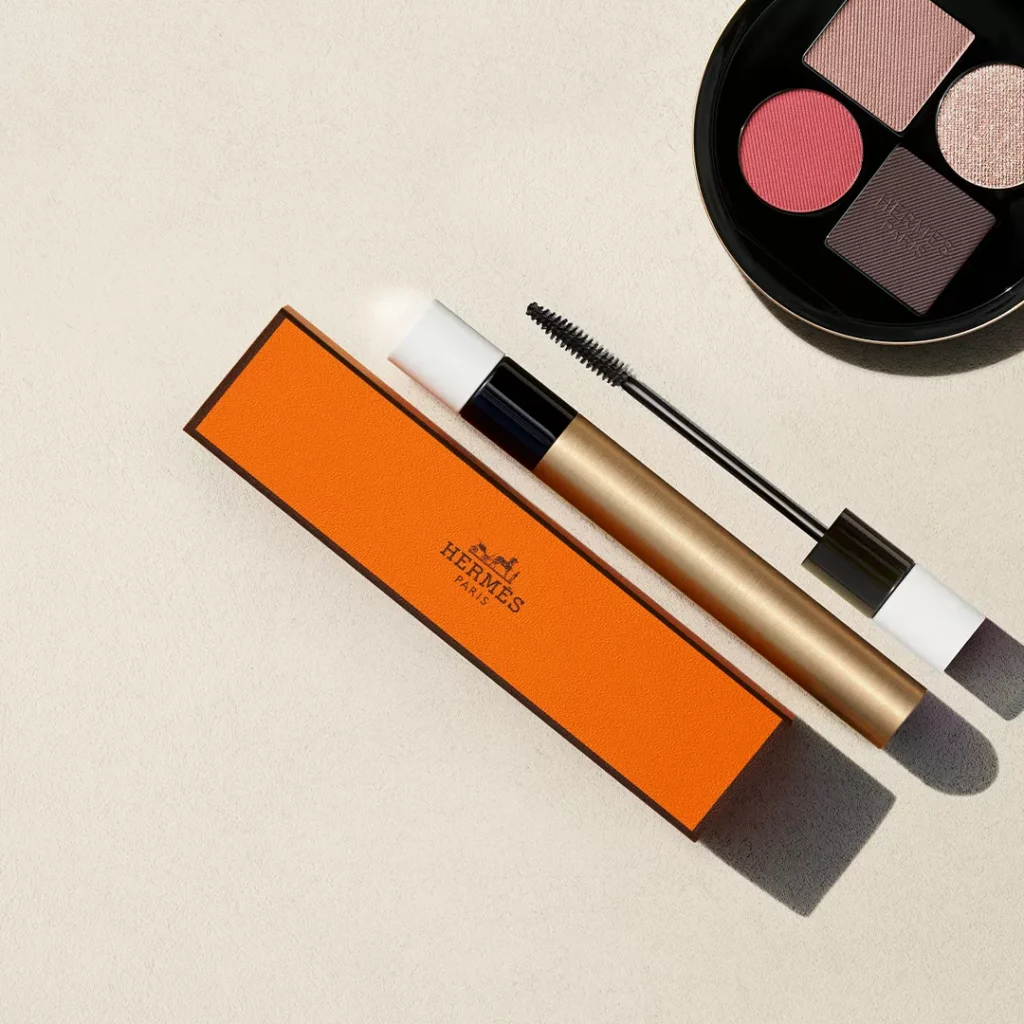
To unlock this potential, however, luxury brands must implement clear strategies and navigate “key dilemmas”— do they continue to seek exclusivity, or revert to targeting a broader audience? Should they continue elevating prices on iconic items or rediscover a new “high-low” strategy rooted in innovation?
Bain & Company also recommends that brands foster a relationship with consumers that “goes beyond individual transactions,” connect with multiple audiences, transcend short-term hype, and harness the power of new technology, like AI, along the whole value chain.
Related story: Here are 2025’s hottest luxury brands, according to the internet

